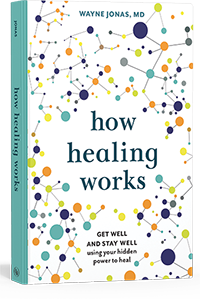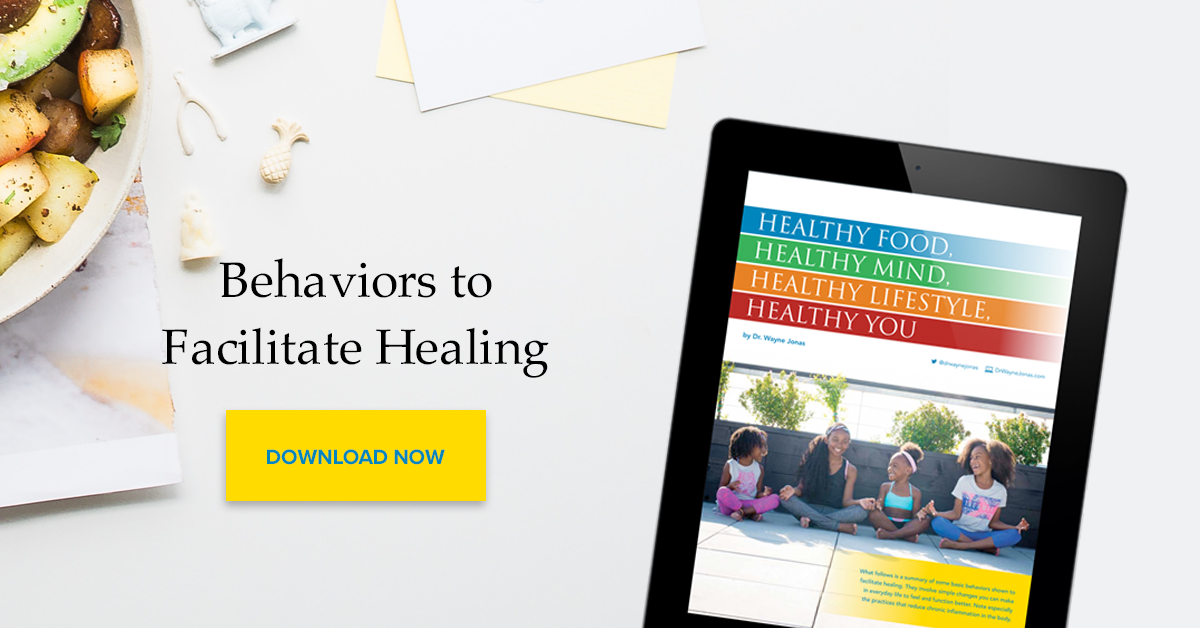The placebo effect is more than just a sugar pill. Outcomes are affected by factors including the label or name of the treatment, the cost of the treatment, the location and route of delivery, authority of the deliverer, and the message given along with the delivery.
Even the belief of the patient, the belief of the physician, and the degree to which the surrounding culture values the treatment all have an effect on the result.
Effective healthcare providers know that the meaning a patient has assigned to a treatment and the context in which it is delivered has a significant impact on how well the patient will respond to the treatment.
For many decades, researchers have toiled to isolate the power of placebo and measure if the effect is greater than doing nothing at all. Here are a few studies showing the impact of placebo:
- Pill color impacts effectiveness of treatment: some colors help soothe, others excite—depending on cultural norms. (Blackwell B et al. The Lancet 1972; 1281.)
- Number of pills can improve healing: more pills at a lower dose have a bigger effect than fewer pills at a higher dose. (De Craen et al. Br J Clin Pharmacol. 1999; 48: 853-860)
- Brand name drugs—and brand name placebos—are more effective. (Margo CE. Surv Ophthalmol. 1999; 44: 31-44.)
- How and where you are treated can be as important as what the treatment is: patients get better when the same drug is injected by a professional rather than taken orally—they also respond better to the same treatment given in the doctor’s office than at home. (De Craen AJ. J Neurol. 2000; 247: 183-188.)
How it works:
One theory is that the belief of the patient, as represented in the brain by activity in the command and control section in the pre-frontal cortex, can prompt the brain to signal a physiological response to the inert treatment—such as encouraging other parts of the brain to release opioids or triggering a reduction of activity in pain-sensing areas of the brain.
One way to put the placebo effect to work is to leverage meaning and context to provide a positive, healing experience that maximizes the body’s capacity to heal. In this holistic approach all aspects of the patient’s experience—from the interaction with health professionals to the atmosphere and architecture—are geared toward maximizing the meaning and context effect to benefit the patient.
A Case Study: Hyperbaric Oxygen Therapy for Traumatic Brain Injury
Each year, there are approximately 1.4 million new cases of traumatic brain injury (TBI) and 50,000 deaths due to TBI. Despite the prevalence of this problem, there is currently no universal standard treatment for a traumatic brain injury. Advocates for hyperbaric oxygen (HBO2) therapy have proposed that inhaling oxygen at higher concentrations and pressures can minimize brain damage, improve tissue healing, improve long-term outcomes and minimize brain swelling.
In 2015, Samueli Institute researchers set out to examine the efficacy of hyperbaric oxygen (HBO2) therapy for patients suffering from the consequences of TBI to better understand whether the current evidence supports the use of this therapy.
This systematic review revealed that for patients suffering from persistent symptoms after mild TBI, HBO2 therapy is no better than sham treatment, if, in fact, the “sham” treatment is a true sham, and hence not recommended as a therapy. In comparison to “standard care,” there is not enough evidence to draw conclusions at this time.
However, the improvements in outcomes shown within groups for both HBO2 and sham treatment cannot be ignored. The ritual of the therapeutic encounter involved with both the HBO2 treatment and the sham treatment may have been of a therapeutic value to patients suffering traumatic brain injury when compared with the standard level of care given to patients suffering TBI.
In other words, both real and sham HBO2 groups got much better compared to standard therapy. The oxygen did not heal but the ritual did. Thus, it could be that what is helping the patients receiving HBO2 therapy was the increased ritualized encounters with a caregiver during the visits produced the improvements.
Additional investigation into the placebo effect can help settle the question
The Future
The solution resides in shifting our attention from “what type of treatments” cause healing to “how healing happens.” Staying well or getting better involves inducing our own agency more than finding the right agent.
Originally published on Quora.
 Take Your Health Into Your Own Hands
Take Your Health Into Your Own Hands
Drawing on 40 years of research and patient care, Dr. Wayne Jonas explains how 80 percent of healing occurs organically and how to activate the healing process.


